Fall Flavors: The Nutritious Benefits behind Autumn’s Best Produce!
Fall is filled with scents of pumpkin spice, apple picking, Thanksgiving dinners, and pumpkin carving, all of which wouldn’t be possible without the fruits and vegetables that are at their peak during this cozy season. These chillier months offer the perfect climate for a wide variety of Fall Produce that makes up for Fall Flavors. All of which are abundant in different nutrients that contribute to our overall health. Buying produce in season has many benefits, not just nutritional ones. When buying fruits and vegetables during their peak harvesting months, they are more likely to be rich in flavor, more nutrient dense, more affordable, and it’s a fun way to add variety to a well balanced diet. Not to mention, it is environmentally sustainable and helps to support local farmers. Personally picking out produce, such as apples and pumpkins, from a local farm can be a fun way to connect with nature. It allows for gratitude and understanding of where different produce is grown and harvested. Here are some of the best fall fruits and vegetables to be on the lookout for in the supermarket, farmer’s market, or local farm stand.
Fall Produce and Its Health Benefits
Fall is a great opportunity to incorporate a variety of fruits and vegetables. A new season offers an opportunity to try adding different produce to old and new recipes and to try them with friends and family. Not only does this variety offer different flavors, but each fruit and vegetable offers its own nutritional value that helps to promote a balanced diet which is important for maintaining overall good health.
 Fall Vegetables
Fall Vegetables
Surely when thinking about fall vegetables, the first ones that come to mind are pumpkins, squashes, and sweet potatoes. While these are staples for warm meals during this chilly season, fall also offers a variety of other locally grown vegetables, such as beets, broccoli, brussels sprouts, cauliflower, eggplant, arugula, kale, and spinach. In the fall months, these vegetables are at their peak ripeness, meaning they are full of flavor and nutrients. Eggplant and winter squashes, which includes pumpkin, butternut, and acorn squash, are filled with vitamin A, vitamin C, dietary fiber, potassium, B vitamins, and antioxidants. Cruciferous vegetables, such as cauliflower, broccoli, and brussels sprouts, are great sources of vitamin K and folate. And leafy greens, such as kale and spinach, are rich in vitamin A and iron. When considering nutrients, a fun fact to note is that most orange vegetables, such as pumpkins and sweet potatoes, have an orange tint due to the nutrient beta carotene. Beta Carotene is also an important nutrient because it is converted into vitamin A in the body.
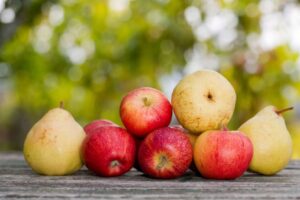
Fall Fruits
Fruits picked in the fall are full of a variety of nutrients and can be prepared and enjoyed in many different ways. Certain fruits, such as apples, cranberries, and grapes, can be enjoyed fresh, dried, or juiced. Apples, cranberries, grapes, pears, and raspberries all contain vitamin C, fiber, potassium, and antioxidants. These vitamins and minerals serve different purposes in the body and incorporating a variety of them into the diet helps to maintain digestive and heart health, weight management, and immune function.
Health Benefits of Fall Produce
Vitamin A
Vitamin A is an antioxidant that plays several important roles in the body. It helps to support eye health and maintain skin integrity by promoting wound healing. It also helps to boost immunity and fight infections by supporting white blood cell function.
Vitamin C
Vitamin C is an antioxidant that helps to protect cells from damage, this can help prevent aging and decrease risk for certain diseases. Vitamin C also assists with the production of collagen. Collagen is a protein that helps to maintain the structure of skin and bones and is essential for healing wounds. Additionally, consuming vitamin C with iron aids in iron absorption, which can help to prevent iron deficiency anemia.
Vitamin K
Vitamin K plays a key role in blood clotting, which prevents excessive bleeding when injuries occur. It also helps with the synthesis of osteocalcin, a protein that binds calcium to bones. This promotes overall good bone health and strength.
B Vitamins
There are many different kinds of B vitamins, one of them being Vitamin B9, also known as folate. Folate is found in lots of fall produce such as beets, broccoli, brussels sprouts, cauliflower, kale, and spinach. Folate helps with red blood cell function, which helps to prevent anemia and promote oxygen transport throughout the body. Folate also aids in cell division, which is important for times of rapid growth, such as pregnancy and infancy. Consuming an adequate amount of folate during pregnancy helps to support healthy fetal development and prevent neural tube defects.
Fiber
Fiber is essential for good digestive health. It promotes regular bowel movements and supports overall gut health by feeding good gut bacteria. It also helps to promote satiety and feelings of being full that lasts for longer periods of time. Since fiber is abundant in low calorie foods, such as fruits and vegetables, eating more of it can promote fullness while eating less calories, which can aid in weight loss. Fiber also helps with blood sugar regulation by slowing the absorption of sugar into the blood. This can help to reduce blood sugar spikes after meals, which is beneficial to individuals with diabetes. Fiber can also lower cholesterol levels, lowering the risk of heart disease.
Iron
Iron is a mineral that supports many different functions in the body. It is a key component of hemoglobin, a protein in red blood cells that helps with oxygen transport throughout the body. It also helps with energy production by promoting the conversion of nutrients into available energy. Additionally, it supports healthy muscle and cognitive function. Iron is present in foods in two forms, heme iron and non-heme iron. Heme iron is more easily absorbed and is found in animal products, such as red meat, poultry, and fish. Non-heme iron is not as easily absorbed and is found in certain produce such as kale and spinach and other plant-based foods such as lentils, beans, and tofu. Pairing non-heme iron with vitamin C rich foods can help with iron absorption.
Potassium
Incorporating adequate potassium into the diet can help to regulate blood pressure in the body. It’s also essential for muscle function, this includes heart muscles and muscles throughout the body. Potassium intake may need to be limited for individuals with kidney disease, consult a registered dietitian for more information.
Antioxidants
Antioxidants have anti-inflammatory effects which help to reduce inflammation caused by chronic conditions such as arthritis and heart disease. Antioxidants also help to boost immune function and help fight off infections.
Incorporate Fall Produce Into Everyday Meals This Season
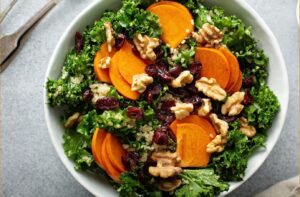

Fall fruits and vegetables offer an abundance of nutrients that are essential for overall health and well-being. While nutritionally beneficial, incorporating these in season fruits and vegetables into a balanced diet can also help the environment, local farmers, and your wallet. Here are some fun ways to add this season’s produce into everyday meals.
- Try adding apples or sweet potatoes to salads to increase fiber content and help promote satiety, make sure to leave the skin on as it contains most of the fiber.
- When making snacks and desserts, try incorporating different fruits for natural sweetness.
- Leafy greens, such as kale and spinach, can be added to smoothies to increase fiber and iron content.
- Utilize the whole pumpkin by roasted the seeds for a snack that is packed with protein, healthy fats, and fiber.
Everyone is different and it’s important for each person to incorporate produce in a way that is best for their preferences and lifestyle. Trying new fruits and vegetables should be fun and is a great way to bring family and friends together around a delicious and nutritious meal. Stay tuned for recipes on how to incorporate these fall fruits and vegetables into a nutritious diet.
For guidance on nutrition and Fall Specific healthy foods, contact to set up a consultation!
Jalpa Sheth Nutrition & Wellness, LLC is a nutrition based private practice serving NY, NJ and coming soon FL. Our board certified registered dietitians can be instrumental in helping you attain optimized nutrition to help achieve your goals around health, fitness, sports, and/or mere weight management.
Related Articles:


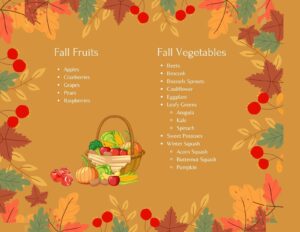

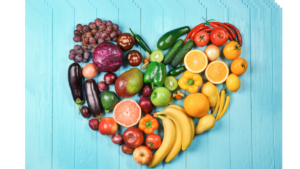
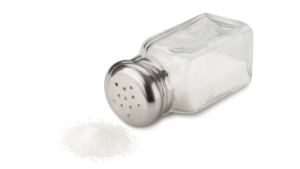 Watching sodium intake is essential nutrition hack for men’s heart health, as excessive sodium consumption can contribute to high blood pressure and increase the risk of heart disease. Here are some practical tips to help Dad monitor and reduce his sodium intake:
Watching sodium intake is essential nutrition hack for men’s heart health, as excessive sodium consumption can contribute to high blood pressure and increase the risk of heart disease. Here are some practical tips to help Dad monitor and reduce his sodium intake:

 While prenatal diet should be more individualized and tailored for individual pregnancy, here are some must have’s to nourish our moms-to-be:
While prenatal diet should be more individualized and tailored for individual pregnancy, here are some must have’s to nourish our moms-to-be:


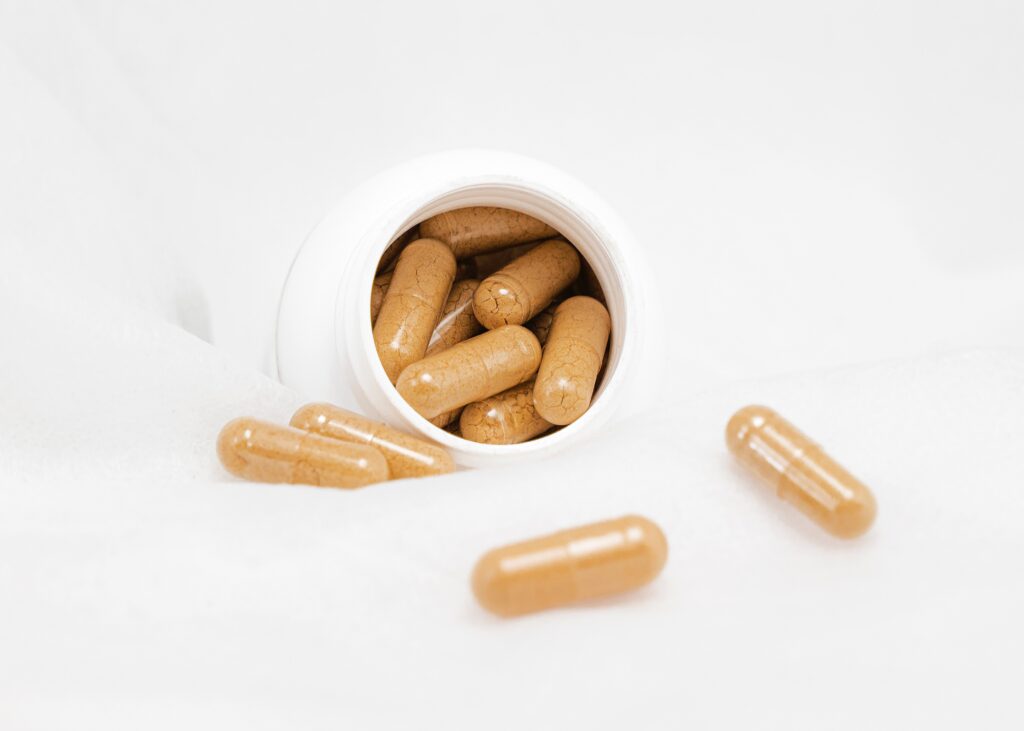

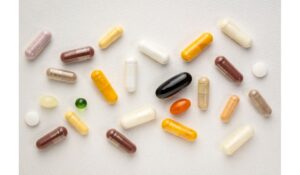 While the supplement industry is regulated to some extent, it’s essential to approach product claims with a critical eye. Not all supplements are created equal, and some may contain contaminants, inaccurate labeling, or ineffective ingredients. To ensure reliability:
While the supplement industry is regulated to some extent, it’s essential to approach product claims with a critical eye. Not all supplements are created equal, and some may contain contaminants, inaccurate labeling, or ineffective ingredients. To ensure reliability:








 3. Controlling Diabetes through Diet
3. Controlling Diabetes through Diet 3. Weight Management and Exercise
3. Weight Management and Exercise

 Deciphering Food Labels: What to Look For
Deciphering Food Labels: What to Look For

 So, make a list of a few protein sources you like, a few carb sources, and a few fat sources. Use these to piece meals together. You can even bulk prep, and save time as well. For example, prepare a large batch of shredded chicken and ground turkey. Don’t season it until you’re ready to eat – that way, you can change the seasonings or sauce for each meal and not have to eat the exact same thing every day. Next, prep a large batch of rice or sweet potatoes, and have some tortillas on hand. For your fat sources, you could use olive oil and avocados. Now that all of these macronutrients are prepped, you can throw dinner or lunch together in a matter of minutes. And you can mix and match so that you’re not getting bored with what you’re eating. One day can be ground turkey tacos with avocado, one day can be shredded chicken tacos, and one day can be ground turkey rice bowls with any veggies that you like. If you stick to bulk prepping the three main macronutrients, you can eat very healthily on a budget.
So, make a list of a few protein sources you like, a few carb sources, and a few fat sources. Use these to piece meals together. You can even bulk prep, and save time as well. For example, prepare a large batch of shredded chicken and ground turkey. Don’t season it until you’re ready to eat – that way, you can change the seasonings or sauce for each meal and not have to eat the exact same thing every day. Next, prep a large batch of rice or sweet potatoes, and have some tortillas on hand. For your fat sources, you could use olive oil and avocados. Now that all of these macronutrients are prepped, you can throw dinner or lunch together in a matter of minutes. And you can mix and match so that you’re not getting bored with what you’re eating. One day can be ground turkey tacos with avocado, one day can be shredded chicken tacos, and one day can be ground turkey rice bowls with any veggies that you like. If you stick to bulk prepping the three main macronutrients, you can eat very healthily on a budget.  By buying food in bulk, and cooking it at home, you’ll be able to stick to your budget but still enjoy healthy food. With the plan listed out in tip #1, cooking at home doesn’t have to be time consuming or even hard. You don’t need master cooking skills to bulk prep rice and meat. The key is making food you like, and making it taste good. Keep the base ingredients simple – protein, carbs, and veggies – and then spice up each meal with different low calorie sauces or spices. Making it flavorful will keep you from getting bored with eating at home, which in turn, keeps your budget in check.
By buying food in bulk, and cooking it at home, you’ll be able to stick to your budget but still enjoy healthy food. With the plan listed out in tip #1, cooking at home doesn’t have to be time consuming or even hard. You don’t need master cooking skills to bulk prep rice and meat. The key is making food you like, and making it taste good. Keep the base ingredients simple – protein, carbs, and veggies – and then spice up each meal with different low calorie sauces or spices. Making it flavorful will keep you from getting bored with eating at home, which in turn, keeps your budget in check.  To get the best bang for your buck, you need to
To get the best bang for your buck, you need to 